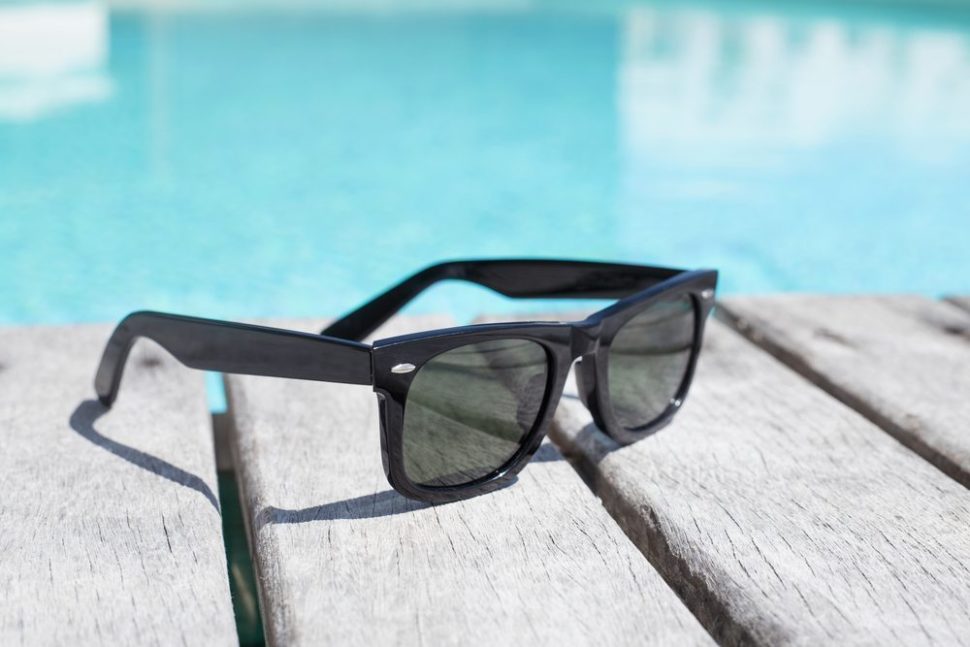Microsoft recently showed off a prototype for a wearable, holographic display that’s actually stylish.
Leave it to Pokémon Go to raise AR awareness.
Last year, the mobile gaming phenomenon put AR on everyone’s lips, and consumers finally started talking about the good side of alternative reality technology.
The market has been growing all the while and is expected to continue expanding. According to Digi-Capital, the combined VR and AR revenue is forecasted to reach $120 billion by 2020, the big chunk of which ($90 billion) is strictly in AR.
Microsoft unveils its prototype Wayfarer-like near-eye holographic Glasses.Click To TweetAR Hardware Still Confined to Professional use
For the AR market to expand and mainstream use, there are still some conditions that need to be met.
Hardware is a distinct impediment to AR/VR ease of use.
First off, it’s expensive. What’s more, the equipment is clunky and the right kind of environments for experiencing the augmented or virtual world are harder to come by than you might assume.
Once hardware logistics are considered, the market is afflicted by a lack of compelling content. Hopefully, newer games like Farpoint can do something to give gamers highly-relevant, engaging VR content.
Beyond smartphones, tablets, and computers, standalone AR displays will have to find out how to make using an alternate device practical.
Google Glass was certainly heading in that direction before, due to some of the reasons we’ve mentioned, it did not perform as hoped. Perhaps launched too early, Google Glass may go on to join the Museum of Failures, spreading doubts about the public’s interest in such wearable displays.
Microsoft’s Wayfarer Near-eye Holographic Glasses
Introduced in 2015, the Microsoft Hololens and its near-eye holographic technology are at the heart of Microsoft’s AR strategy.
Yet, the Hololens is mainly developed for and used by professionals. Microsoft has been discreetly working to improve its near-eye holographic approach to by focusing on simplifying its mechanics, eventually turning the Hololens into something lighter and cheaper.

To that end, Microsoft unveiled a compact, Wayfarer-glasses-like design that exists as a prototype based on near-eye holographic technology.
Microsoft’s prototype calls to mind the Wayfarer Sunglasses, manufactured by Ray-Ban since the 1950s. Like Ray-Ban’s Wayfarer design broke from the metal frames of past models, Microsoft’s glasses adopt a minimalistic design with a retro feel.
The Microsoft Research division published a descriptive paper on the prototype to explain technical details of the design, its limitations, and its expected commercialization progress. The video above also goes into great detail on the near-eye holographic project.
While this is more of an experimental work that will not necessarily translate into a final product, the prototype will help Microsoft to advance its efforts to develop a holographic display that integrates all (now external) capabilities into one compact, practical piece of hardware.



















Comments (0)
Most Recent